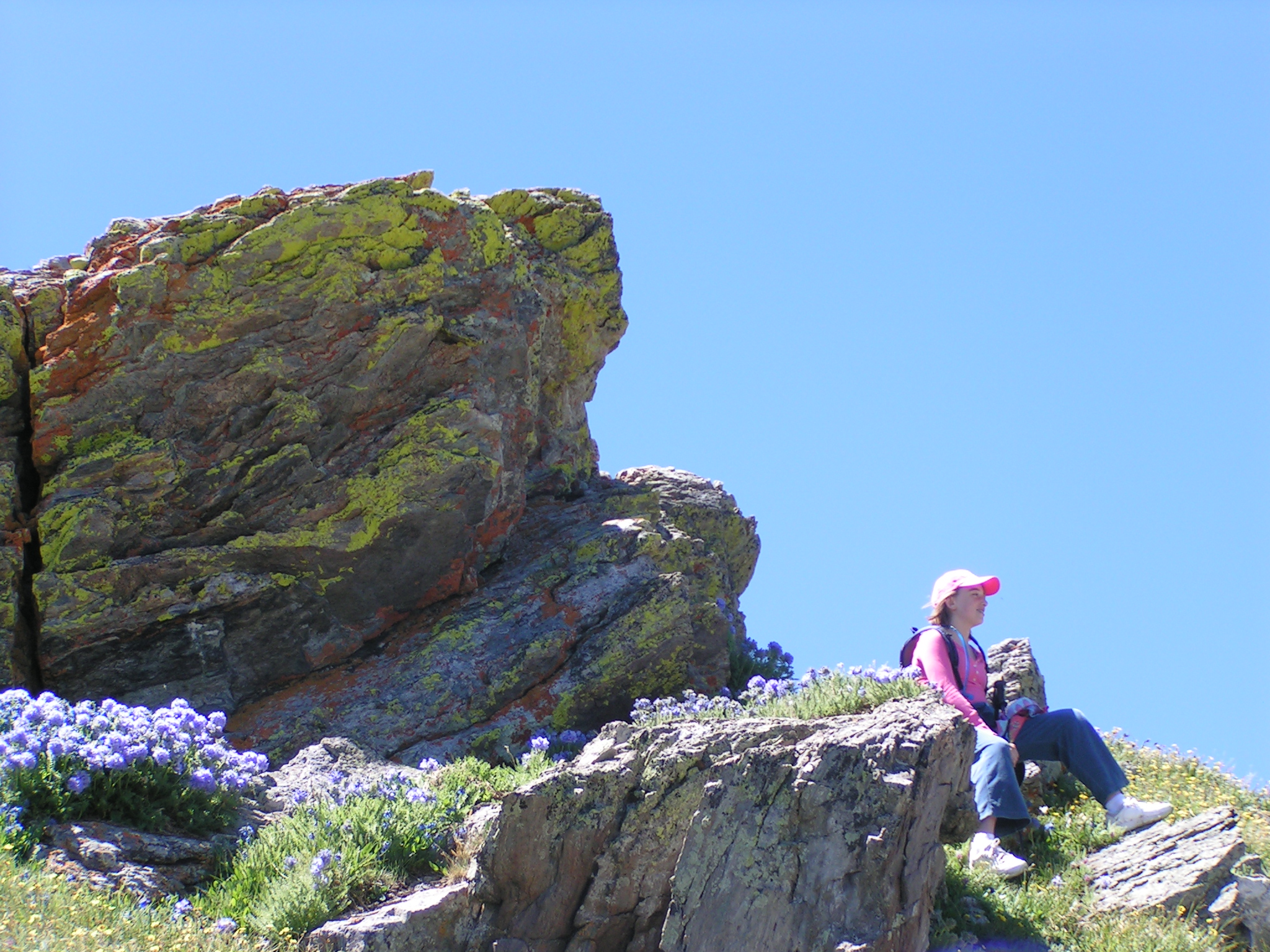My new friend Josh and I walked across the horse pasture toward the creek. We chatted aimlessly as I tried to draw the seven-year-old city boy into my own childlike excitement for our walk in the mountains.
At the log fence I crawled between the top two logs, and strode on before I realized he wasn’t there. Turning, I saw him standing on the other side of the fence. “C’mon,” I urged.
“I…I can’t,” he murmured. I told him to come through as I had, but his face was blank.
“No. I can’t,” he said firmly. I realized that he didn’t know how to climb through the fence.
So I placed his hands on the center log and helped him swing his leg over, wondering why a perfectly normal, healthy, curious child couldn’t get through an easy fence.
“So what do you do for fun in the city?” I asked.
“I play the Wii and I’m REALLY good at!” Josh exclaimed.
I was really curious. “Do you ever play outside?”
“Na, I like video games,” he replied honestly.
 Josh had a severe case of Nature Deficit Disorder. He could not solve a simple three-dimensional problem because he hadn’t had enough experience to develop the necessary connections between the left and right hemispheres of his brain.
Josh had a severe case of Nature Deficit Disorder. He could not solve a simple three-dimensional problem because he hadn’t had enough experience to develop the necessary connections between the left and right hemispheres of his brain.
In Richard Louv’s groundbreaking book, Last Child in the Woods, he defines “Nature Deficit Disorder” as a result of not enough time outside playing freely in nature. It is rampant among children in our culture today. They don’t develop certain problem-solving abilities, mapping and spatial awareness, or creativity. Louv claims that other maladies are also linked to a lack of nature, such as ADD, ADHD, and childhood obesity.
Louv’s research is part of an exploding body of scientific evidence that affirms we are not only part of nature, we are connected to it in a way that makes us whole, better, smarter human beings. Louv postulates that in nature children discover that they are part of a greater community, the web of life. They realize a spiritual oneness.
What I know instinctively is that I feel better in every way when I spend time in nature. To those who share this innate knowing, it seems like a simple truth. But with 80 percent of Americans now living urban lifestyles, the growing interdependence we have on technology combined with the growing disconnect from the natural world, this simple truth is in danger of being lost.
Michael Jospe, founder of the Earth-Based Institute in Boulder, Colorado, agrees. “We have one of the best tools for personal and emotional health right under our feet. When we’re in nature, ‘happy hormones’ are released — serotonin and dopamine — that lift our mood and help generate a positive state of being,” asserts Jospe, who runs a transformational wilderness guide and coach training program.
“We can guide people to greater awareness much faster because the connection to nature is real and supports us as whole, healthy human beings. It’s great that scientific proof backs this up,” he added.
In the book, Your Brain on Nature, Dr. Eva Shelub and naturopath Alan C. Logan explore to what extent humans’ two- million-year relationship with the natural environment is imprinted on our neurons, and the effects of nature immersion and deprivation in our increasingly technological world.
One study they cited showed that “more desirable views (aesthetically pleasing nature views, coastal vistas) were firing up a specific portion of the brain rich in opioid receptors. These opioid receptors trigger feelings of wellness and push forward the motivation required for positive behavioral modification. This was an incredible finding, revealing that nature is like a little drop of morphine for the brain.”
The Schumann Resonance research in the 1950s revealed that the earth has an electromagnetic wavelength of its own, 7.84 hz. Our brain waves, when in a meditative (alpha) state, oscillate at 7 – 12 hz. Because our brain will attune to the wavelength of our surroundings, it’s no wonder that we come out of a walk in the woods feeling rejuvenated as though we just had a reviving meditation!
Dr. Swartzberg, Chair of the Berkeley Medical Letter, cites studies showing that students who walk in nature before a test do better than those who walk in the city.
The Japanese have been practicing “forest bathing” for 30 years and consider it an important stress reducer and restorative practice. It makes sense as it is well-known that the negative ions released in forests, especially around moving water, can boost our serotonin, elevate mood and reduce depression.
I suppose that I have been forest bathing for most of my life. When I leave the human world behind and venture into nature, my heart opens, my mind expands, and my body renews. And while it’s great to know the science behind why it feels so good, I simply enjoy the magic of it. This magic is something my little friend, Josh, had tragically never experienced. Yet it’s a tragedy that can be easily remedied: unplug, go into nature, open every sense, and see what happens.
Susie Kincade is an avid outdoor adventurer, writer and former Olympic-caliber diver. She founded Women’s Empowerment Workshop in Vail, CO, to empower women and girls through nature adventure retreats and nature-connected personal and life coaching. She is a Transformational Wilderness Guide and was a 2012 TEDxVailWomen speaker.

